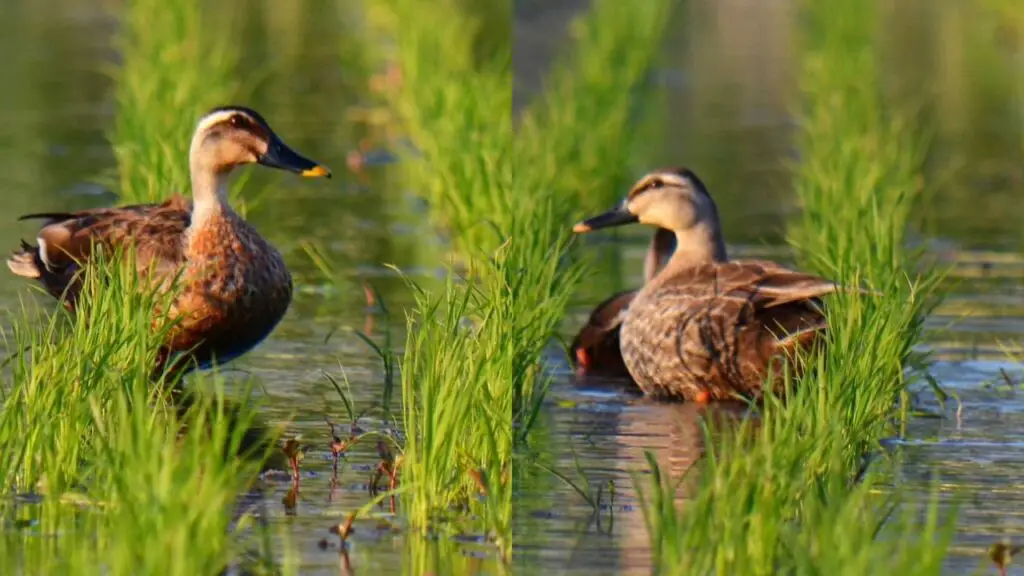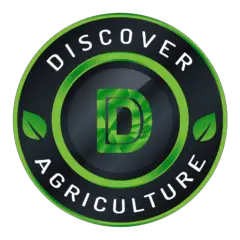Integrated Rice Duck Farming
The integration of rice cultivation with crossbred duck farming, also referred to as farming enables the poor farmers to get not only rice, because the main crop, but also subsidiary products like duck meat and eggs. Preliminary information should be collected about the system indicated that the agro-ecological condition in the area was suitable for this system. Hence, it had been decided to explore the prospects of the system initially on an experimental basis.
The rice duck farming system aims to facilitate environmental adaptation within the cultivation of rice and to contribute to food and economic security within the region by reducing the utilization of pesticides, increasing yield, and generating additional income for farmers.
Land preparation
Prepare the rice field as needed to be supported by the farmers existing practice. In general, the land should be well prepared by plowing and harrowing 3 to 4 times. For sandy loam to silty loam soil, 2 to 3 plowing and cross plowing with subsequent 3 to 4 laddering are required so that the soil has a good tilt. For a clay sort of soil, soil preparation requires more tillage operation at appropriate soil moisture status. During this era, allow ducks to range and prey on golden snail for 2 weeks.
The ducklings when releasing onto the fields should be between one to three weeks old to ensure they can pick up small insects and weeds without damaging the crop. The duckling are often released to the paddy fortnight after transplanting. The field should be surrounded by protection measures to prevent the ducklings from moving outside the plots and avoid other animals entering the field.
To avoid high mortality, the ducklings should only stay two to four hours on the rice field within the first three to 5 days and might need additional care especially to the effects of weather changes. For the night the ducklings need a shelter to seek out protection and rest. After this initial week, the duckling can remain from the morning to the evening on the rice paddy, but should not be released anymore on the rice paddy when flouring time has started.
The integrated system of producing rice and raising ducks in terms of its effects on productivity, outcome, and the rice provisioning ability of resource-poor farmers. The system was practiced in many counties. The farmers of those countries had adopted the rice-duck culture together with the means of organic farming where weeds and insects might be controlled effectively by the ducks.

Rice harvesting
While 80 to 85 percent of grains a ripe, harvesting can be initiated. The rice provisioning ability of the farmers altogether categories increased as a result of the intervention of integrated rice-duck farming technology through the extra grain yield per unit area.
This system utilizes the mutually beneficial biological relationship between rice and duck. Asia is taken into account to be the land of domesticated ducks, but the simplest breeds and strains currently available are developed.
In eastern India Duck eggs are an important source of food. These are cheap to produce and can play an important role in balancing the diet of the Indian people. Consumption, as well as production of duck eggs in India, is mostly done by the socially weaker sections of the community. Ducks are of several types such as the egg type, meat type, and ornamental type. Khaki Campbell, a prolific layer with an annual average production of 310 eggs, is suggested for duck-fish integration.

Duck – Fish Integrated Farming Advantages:
First of all, there is no loss in the availability of manure and secondly, fertilization of the pond is homogenous. Ducks also aerate the pond water alongside bottom raking effects. About 500 nos. of ducks can take care of the fertilization schedule of 1 ha water body. This saves the cost involved for fertilization and in addition to fish, it provides eggs, meat for human consumption.
Rice-duck farming is a low-cost, organic farming method. By raising ducks on paddy, no chemical fertilizers or pesticides are required, while 20% higher crop yields are obtained and net on a cash cost basis increased by 80%. Labor requirements are continuous at a low level and supplementary feed requirements can be high for certain ecosystems. To make a combined rice-duck framework work for helpless homestead families, the arrangement of ducklings and admittance to antibodies are key bottlenecks that need to be survived.
Ducks are allowed to forage within the paddy 20 days after rice transplanting until the flowering stage about 2 months later.
Taking care of is needed during two months of the dry and two months of the flood season when normal food is inaccessible. In the event that appropriate consideration isn’t taken, ducks get thinner and get inclined to sicknesses. Good ranchers with 300-500 ducks by and large purchase grill nourishment for when normal feed is inaccessible, though less fortunate ranchers with under 100 ducks blend rice husks with weeds, and gather frogs and snails from the flood fields. Any place ducks are accessible in the nation, rice-duck could be presented once there is an uplifting outlook towards the new framework.
Rice-duck cultivating is monetarily productive, harmless to the ecosystem, and in fact possible for youngsters and ranchers. Be that as it may, can be begun as an independent work business. Results showed that the coordinated rice-duck framework was profoundly helpful for the ranchers from a monetary perspective.
Other than expanding the yield of rice, the pervasion of weeds and bug irritations was constrained by ducks in the rice-duck framework. As an outcome, work and pesticide costs for controlling weeds and creepy crawlies diminished or were disposed of.
The drawn-out antagonistic wellbeing and natural impacts of insect sprays, herbicides, and compound compost use were likewise considerably decreased, in this manner making the framework advantageous to the climate.



